
Australia Arrival Guide 2025:
Everything You Need to Know
Arriving in Australia for the first time can be exciting but also overwhelming. Australia’s airports are modern, efficient, and welcoming, but the country also has some of the strictest border and biosecurity rules in the world. Whether you’re travelling on an ETA (601), an eVisitor (651), a Visitor Visa (600), or a Working Holiday Visa (417/462), this guide will take you through every step of the arrival process — from preparing your documents to getting through border control, and from buying a SIM card to finding the right taxi.
This comprehensive Australia Arrival Guide is written to help you avoid surprises and make your first day in Australia smooth, stress-free, and enjoyable.
Before You Fly: Travel Checklist
Preparation is the key to a smooth arrival. Before you leave for Australia, make sure you have:- Valid passport – must be valid for at least 6 months from your arrival date.
- Visa approval – ETA, eVisitor, Visitor Visa, or Working Holiday Visa. Keep a copy of your grant notice printed or saved on your phone.
- Return or onward ticket – immigration may ask to see proof you intend to leave.
- Travel insurance – strongly recommended as you are responsible for all medical costs.
- Funds – proof of sufficient money (e.g., AUD 5,000 for Working Holiday visa holders).
- Vaccination or health documents – check requirements if you’re travelling from certain regions.
- Adapter plug – Australia uses Type I power plugs (230V, 50Hz).
Landing in Australia: First Steps at the Airport
Australia’s international airports — Sydney, Melbourne, Brisbane, Perth — are well-organised and easy to navigate. After you disembark:Passport Control & SmartGate
- All travellers must present their passport and visa details.
- If you are 16+ with an ePassport, you can use SmartGate. It uses facial recognition to match your passport photo with a live scan, speeding up the process.
- If SmartGate isn’t available for your nationality, go to the staffed passport control desk.
Incoming Passenger Card
Before landing, you’ll be given an Incoming Passenger Card. This is a legal document where you declare:- What you’re bringing into Australia (food, plant material, animal products, over AUD 10,000 in cash, etc.)
- Your health status (e.g., recent illness, quarantine risks)
- Travel history and contact details in Australia
What You Need to Declare
Australia is an island nation with unique wildlife and agriculture. To protect it, strict biosecurity laws apply. You must declare:- Food of any kind (including snacks, tea, honey, spices, meat, and fruit).
- Plant material (seeds, soil, straw, wood products).
- Animal products (feathers, shells, untreated hides, dairy, eggs).
- Medicines (especially those containing controlled substances).
- Currency or monetary instruments over AUD 10,000.
- Goods purchased duty-free abroad or within Australia.
Customs & Border Force: What to Expect
Baggage Examination
Australian Border Force officers may inspect your bags. Methods include:- X-ray scanners
- Detector dogs (used widely for food and drugs)
- Physical bag inspections
Questioning
Officers may ask you:- Who packed your bags?
- Where did you start your journey?
- What goods are you carrying?
- Did you purchase anything expensive?
Biometric & Fingerprint Checks
Some non-citizens may be required to provide fingerprints. This process takes a few minutes, and the scans are deleted immediately once checked.Expensive Items, Duty-Free & Refunds
- If leaving with valuables (laptops, jewellery, cameras) that you’ll bring back, register them using the B263 form.
- Duty-free allowances: Adults can bring in up to 2.25L of alcohol, 25 cigarettes or 25g tobacco, and personal items up to AUD 900 in value.
- The Tourist Refund Scheme (TRS) allows visitors to claim back GST and WET on purchases over AUD 300 made within 60 days of departure.
Passport Stamping
Australia no longer stamps passports automatically. However, you may request a stamp at passport control if you need proof of entry or exit (e.g., for employment, visa applications, or personal records).Electronic Devices
Border Force has the legal right to inspect laptops, phones, and storage devices. Devices may be copied or held for forensic examination for up to 14 days.Arrival Information by Location
Step‑by‑step guides for Australia’s busiest airports
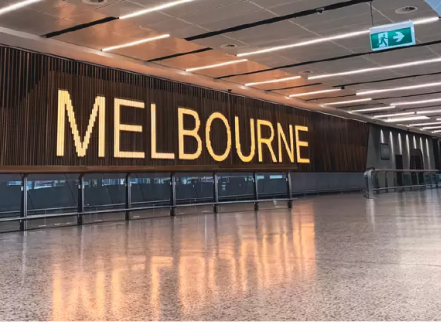
Melbourne (Tullamarine) – MEL
Touching down in Melbourne? Our guide covers arrivals flow, where to find SIM cards and ATMs, and the quickest ways into the CBD (SkyBus, rideshare, taxi). Tips on using a Myki card for onward travel.
Read more
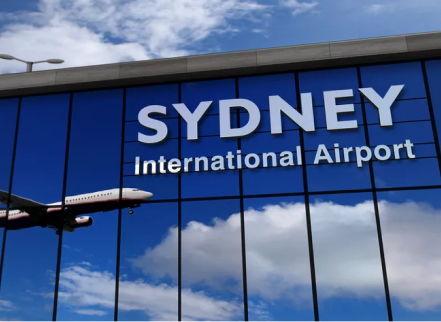
Sydney (Kingsford Smith) – SYD
Breeze through arrivals with SmartGate tips, then jump on the airport train for a 15–20 minute ride to the city. Where to get an Opal card, luggage services, and late‑night food options.
Read more
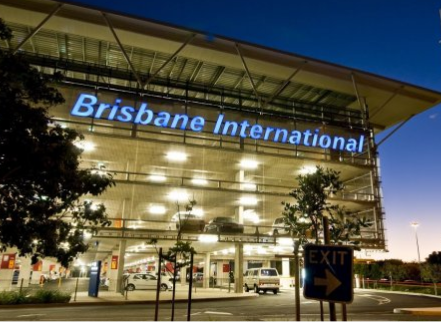
Brisbane – BNE
Find immigration, baggage, and transfer points fast. Learn how to use the Airtrain into the CBD, where to buy SIMs, and what to expect if you arrive early or late.
Read more
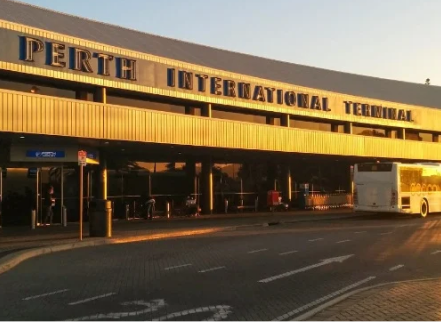
Perth – PER
A quick primer on terminal layout, quarantine rules for food and plant items, and the simplest transport choices into the city. Plus Wi‑Fi/SIM and car‑hire pointers.
Read more
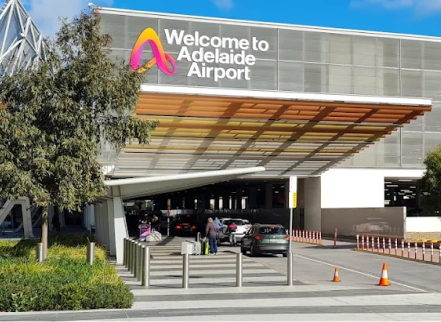
Adelaide – ADL
Small, simple, and friendly. See where to meet rideshare/taxi, how to hop on local buses, and where to grab a coffee while you wait for luggage.
Read more
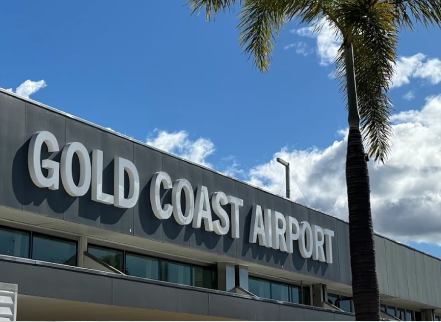
Gold Coast – OOL
Land close to the beaches. Get shuttle and bus options to Surfers Paradise, SIM‑card kiosks, luggage services, and family‑with‑kids tips.
Read more
Transport from the Airport
Sydney (SYD)
- Train: Airport Link train to Central Station in 15–20 minutes. Use an Opal card.
- Buses: Route 400 and 420 serve suburbs.
- Taxis: 13CABS (13 2227), Silver Service, Legion Cabs. Average fare: AUD 45–60 to CBD.
- Ride-share: Uber, Ola, DiDi available at designated pickup points.
Melbourne (MEL)
- SkyBus: Express to Southern Cross Station (24/7, ~35 min).
- Public Buses: Routes 478, 479, 482. Use a Myki card.
- Taxis: 13CABS, Silver Top, Maxi Taxi. Fares: AUD 55–70 to CBD.
- Ride-share: Uber, Ola, DiDi available.
Brisbane (BNE)
- Airtrain: To Brisbane CBD or Gold Coast (~20–25 min). Use a Go Card.
- Buses: Brisbane Transport buses connect suburbs.
- Taxis: Black & White Cabs (13 32 22), Yellow Cabs (13 19 24). Fares: AUD 40–55 to CBD.
- Ride-share: Uber, Ola, DiDi available.
Perth (PER)
- Bus: Route 380 connects to Perth CBD (~35 min). Use a SmartRider card.
- Taxis: Swan Taxis (13 13 30), Black & White Cabs (13 10 08). Fares: AUD 40–50 to CBD.
- Ride-share: Uber, Ola, DiDi available at Terminals 1–4.
9. SIM Cards & Connectivity
Stay connected easily:- Providers: Telstra (best coverage), Optus (good balance), Vodafone (budget-friendly).
- Airport kiosks: Prepaid SIMs available from AUD 20–40.
- eSIMs: Available for newer phones.
- Free Wi-Fi available at major airports.
10. Money & Banking
- Currency: Australian Dollar (AUD)
- ATMs: Widely available; international fees may apply.
- Cards: Visa, Mastercard, AmEx accepted almost everywhere.
- Contactless “tap & go” is the norm.
- Cash: Always good to carry AUD 50–100 for small purchases.
11. Health & Safety
- Emergency number: 000
- Reciprocal Health Care Agreements: Citizens from the UK, New Zealand, Ireland, Sweden, and others may access Medicare.
- If not eligible, buy travel health insurance.
- Pharmacies (“Chemists”) are widely available.
12. Essentials for New Arrivals
- Power plug: Type I (230V, 50Hz)
- Driving: Left-hand side; international licence required for car hire
- Seasons: Reversed (summer: Dec–Feb, winter: Jun–Aug)
- Public holidays: Shops may close or charge surcharges
13. For Working Holiday Makers & Students
If arriving on a Working Holiday Visa (417/462) or Student Visa:- Apply for a Tax File Number (TFN) to work legally.
- Open an Australian bank account (ANZ, NAB, Westpac, Commonwealth).
- Search for jobs on Seek, Indeed, Backpacker Job Board, Gumtree, and Harvest Trail.
- Accommodation options: hostels, share houses, Airbnb.
14. City Mini Arrival Guides
Sydney
- Best areas to stay: CBD, Surry Hills, Bondi, Manly.
- Public transport: Opal card required for trains, buses, ferries.
Melbourne
- Free tram zone in CBD.
- Great neighbourhoods: St Kilda, Fitzroy, Southbank.
Brisbane
- Sub-tropical climate; light clothing year-round.
- Great areas: Fortitude Valley, South Bank, West End.
Perth
- Laid-back city with beach lifestyle.
- Good areas: Fremantle, Scarborough, Subiaco.
15. Quick Tips for a Smooth Arrival
- Always declare goods — when in doubt, declare it.
- Save your visa grant notice on your phone.
- Plan airport transfer before you land.
- Keep embassy contact details handy.
- Buy a SIM card at the airport for instant connectivity.
- Carry a small power adapter in your hand luggage.